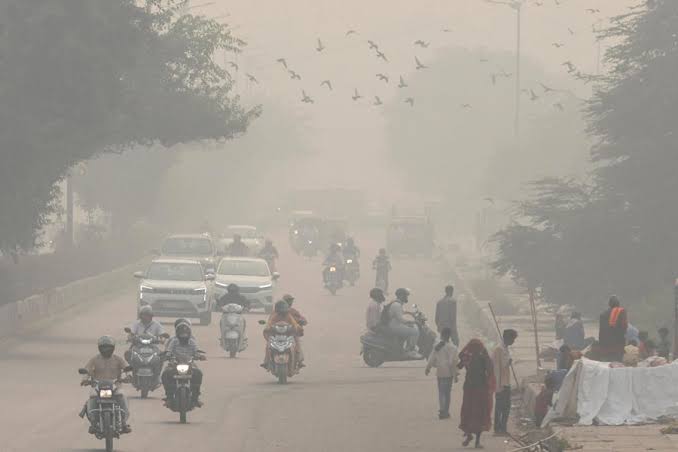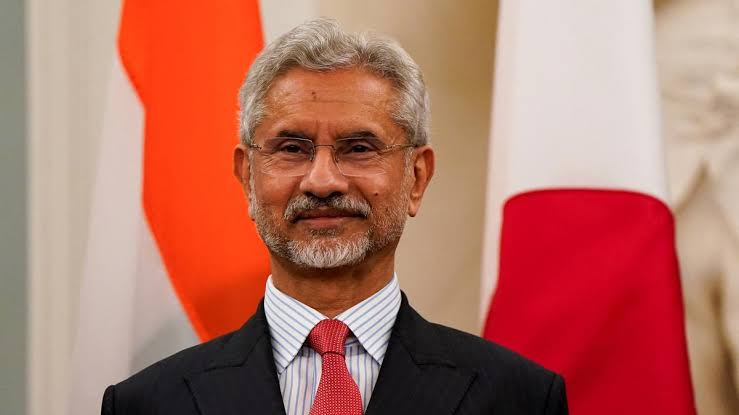India’s latest budget brings welcome relief to the middle class with significant tax cuts, aiming to stimulate spending and boost economic growth. In a bid to strengthen domestic demand and navigate global economic uncertainties, Prime Minister Narendra Modi’s government has crafted a budget that prioritizes tax relief, investment in key sectors, and social welfare measures.
 Finance Minister Nirmala Sitharaman, while presenting the annual budget in Parliament, announced a sharp increase in the income tax exemption limit, allowing individuals earning up to 1.28 million Indian rupees ($14,800) per year to be exempt from taxation. This marks a substantial jump from the previous threshold of 700,000 rupees, offering middle-class households much-needed financial respite. The government has also lowered tax rates for those earning above the new threshold, ensuring that disposable incomes rise at a time when inflationary pressures have eroded purchasing power.
Finance Minister Nirmala Sitharaman, while presenting the annual budget in Parliament, announced a sharp increase in the income tax exemption limit, allowing individuals earning up to 1.28 million Indian rupees ($14,800) per year to be exempt from taxation. This marks a substantial jump from the previous threshold of 700,000 rupees, offering middle-class households much-needed financial respite. The government has also lowered tax rates for those earning above the new threshold, ensuring that disposable incomes rise at a time when inflationary pressures have eroded purchasing power.
The economic rationale behind these tax cuts is clear: higher disposable income is expected to drive consumer spending, encourage savings, and increase investments, all of which are vital for sustaining economic momentum. However, this move will come at a cost to government revenues, with an estimated annual impact of 1 trillion Indian rupees ($11.6 billion). Despite this, the administration remains optimistic that increased consumer demand will help offset revenue losses through higher economic activity.
India’s economic outlook remains mixed, with growth projected to slow next year amid weak urban demand and sluggish private investment. Persistently high food inflation has further strained household budgets, making relief measures all the more crucial. To support lower-income groups, youth, farmers, and women, the government has also introduced several welfare schemes aimed at improving livelihoods and economic resilience.
With around one-third of India’s 1.4 billion population classified as middle class, the tax cuts are expected to bring widespread benefits. Economist Sakshi Gupta from HDFC Bank noted that the move would likely spur consumption and savings among the middle class, which has struggled with inflation and slow income growth in recent years.
To compensate for the shortfall in tax revenues, the government has planned a modest increase in capital spending, setting aside 11.21 trillion rupees for infrastructure and development projects in 2025-26. This marks a rise from the revised 10.18 trillion rupees allocated in the current year. The administration hopes that increased public investment will create jobs and drive economic expansion in the long run.
Beyond tax relief, the budget includes a major push for agricultural productivity, with a nationwide initiative focused on high-yielding crops. The plan aims to support at least 17 million farmers and raise the limit for subsidized credit from $3,460 to $5,767, particularly benefiting growers of pulses and cotton.
In a move to improve social security for gig workers, the government has announced plans to formally register them and issue identity cards, making it easier for them to access healthcare and welfare benefits. With India’s gig economy expected to employ over 23 million people by 2030, this initiative represents a step toward better labor protections in an increasingly flexible job market.
Further bolstering the country’s economic ambitions, the government has set up a new fund to support startups and encourage innovation in collaboration with the private sector. This aligns with India’s broader strategy to position itself as a global technology and manufacturing hub.
Another landmark announcement is the launch of the Nuclear Energy Mission, aimed at expanding India’s clean energy capacity. The government has set an ambitious target of developing at least 100 gigawatts of nuclear power by 2047, reinforcing its commitment to sustainable energy solutions.
As Modi embarks on his third term as prime minister, his government faces the challenge of maintaining economic growth while addressing middle-class concerns about inflation and job opportunities. This budget, with its mix of tax relief, investment incentives, and welfare measures, reflects an attempt to strike a delicate balance between fiscal prudence and economic stimulus. The coming months will reveal how effectively these measures translate into tangible benefits for India’s vast and diverse population.




